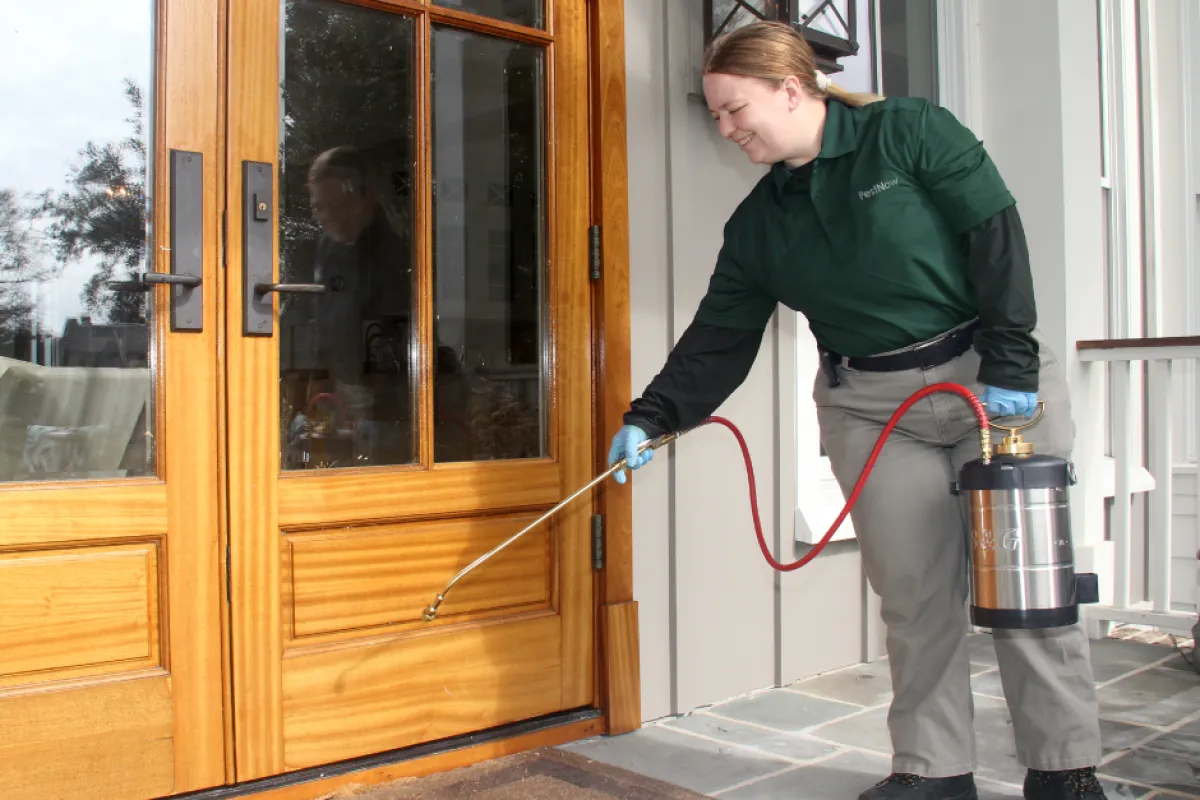Bed Bug Treatment Breakdown: Contrasting Chemical Vs. Non-Chemical Solutions
In the world of insect control, especially when handling the persistent problem of bed bugs, the selection in between chemical and non-chemical therapy options can be a crucial one. Both approaches provide unique advantages and drawbacks, influencing aspects such as effectiveness, security considerations, and general price. By examining the nuanced information of each approach, a more clear understanding of which path to go after in addressing a bed bug infestation can be obtained.
Effectiveness of Chemical Therapies
Chemical treatments for bed pest problems have actually been extensively identified for their powerful and fast efficacy in getting rid of these parasites. When taking into consideration the performance of chemical therapies, it is essential to comprehend that they can give a fast and detailed service to a bed insect issue.
Additionally, chemical treatments have the benefit of supplying recurring effects, meaning that they can remain to remove bed bugs also after the preliminary application. This residual action is particularly advantageous in combating any type of prospective re-infestations. Additionally, the quick action of chemical therapies can bring alleviation to individuals facing severe bed bug problems, permitting them to restore control of their space promptly.
Safety And Security Worry About Chemical Solutions
One vital facet that requires careful consideration when utilizing chemical options for bed pest therapy is making certain the safety of passengers and the atmosphere. While chemical therapies can be efficient in getting rid of bed pests, they may pose risks otherwise dealt with correctly. Among the main safety worry about chemical remedies is the potential injury they can create to human health. Direct exposure to particular chemicals utilized in bed pest treatments can bring about breathing problems, skin irritability, or other adverse reactions, specifically in people with pre-existing problems or sensitivities. In addition, inappropriate application or dose of chemical pesticides can cause poisonous deposits remaining in the cured location, positioning long-term health threats to owners.
In addition, the ecological influence of chemical solutions is another substantial factor to consider. Some chemicals made use of in bed bug therapies may be damaging to beneficial pests, wildlife, and ecosystems if they seep into the soil or water systems. It is vital to utilize chemical therapies carefully, adhering to safety and security guidelines, and thinking about much less hazardous options to alleviate these threats and make certain the risk-free and reliable administration of bed pest problems.
Advantages of Non-Chemical Strategies
Considering the possible safety issues and environmental effect connected with chemical options for bed bug treatment, exploring non-chemical methods presents an appealing choice with numerous distinct benefits. Non-chemical therapies are environmentally friendly, as they do not add to air or water contamination, making them a sustainable choice for insect control.
In addition, non-chemical remedies can be effective in targeting bed Discover More Here bugs, consisting of hard-to-reach areas where chemical treatments might not penetrate - A1 bed bug exterminator charlotte. Techniques such as warmth treatment, vacuuming, steam cleaning, and bed mattress coverings supply complete removal without the use of hazardous chemicals.
Limitations of Non-Chemical Treatments

In addition, non-chemical therapies usually need numerous applications to accomplish successful eradication. This can be time-consuming and may not constantly ensure full elimination of all bed insects and their eggs, particularly in hard-to-reach or surprise places.
In addition, the success of non-chemical treatments greatly relies on correct execution and thoroughness, which can be challenging for individuals without expert know-how. Poor application of non-chemical methods may lead to insufficient eradication, resulting in consistent problems and the need for added treatments.
Consequently, while non-chemical treatments have their advantages, it is necessary to recognize these restrictions and consider them when establishing the most effective technique for taking care of bed bug invasions.
Price Comparison: Chemical Vs. Non-Chemical Options
Offered the limitations connected with non-chemical therapies, an essential element to evaluate in the context of bed insect management is the cost contrast between chemical and non-chemical options. Chemical treatments usually include the application of pesticides by professionals, which can vary from $250 to $900 per space, depending upon the seriousness of the problem and the dimension of the area to be treated. On the other hand, non-chemical therapies like warmth therapy or heavy steam can be extra expensive, with costs ranging from $1,000 to $6,000 for an entire home. While the preliminary price of chemical treatments may seem lower, numerous therapies might be required to totally get rid of the problem, possibly boosting the general cost. On the other hand, non-chemical alternatives might offer a much more sustainable and environment-friendly solution, although they can be cost-prohibitive for some people. Eventually, when thinking about the price of bed bug treatment alternatives, it is necessary to consider the upfront expenses versus the efficiency and lasting sustainability of the chosen method.
Conclusion

Thinking about the possible safety problems and environmental impact linked with chemical solutions for bed insect treatment, checking out non-chemical approaches presents an encouraging alternative with numerous distinct advantages.Offered the restrictions linked with non-chemical therapies, an important facet to examine in the context of bed pest administration is the expense comparison in between chemical and non-chemical choices. In comparison, non-chemical treatments like heat treatment or heavy steam can be a lot more expensive, with prices varying from $1,000 to $6,000 for an entire home. While the initial price of chemical therapies may seem lower, numerous therapies might be needed to totally get rid of the invasion, potentially increasing the total cost.In final thought, when comparing chemical and non-chemical bed pest therapy alternatives, it is necessary to take into consideration efficiency, security, benefits, restrictions, and cost.